Rights groups & Palestinians say US-drafted UN plan erodes self-determination, lack human rights safeguards
A new UN Security Council resolution establishing a governance board and stabilisation force for Gaza has drawn sharp opposition from Palestinian factions, who say it undermines national will, while Israel’s leadership urges regional states to help remove Hamas from the area.

- A recent United Nations Security Council (UNSC) resolution has established a governing board and international stabilisation force for the Gaza Strip, prompting strong opposition from Palestinian factions.
- Hamas and other Gaza-based groups say the plan undermines Palestinian self-determination and amounts to external “administration”.
- Benjamin Netanyahu, Israel’s Prime Minister, welcomed the resolution but also called on regional states to join in expelling Hamas from Gaza — a stance not explicitly contained in the plan.
On 18 November 2025, the United Nations Security Council endorsed a United States-drafted peace plan for Gaza, backing a new governance board and an international stabilisation force for the territory.
Supporters say the measure paves the way for “post-war” reconstruction and governance.
The plan, heavily promoted by the US and regional partners, envisions a temporary multinational military and civilian presence tasked with overseeing reconstruction, implementing governance reforms, and guiding Gaza toward what proponents describe as a credible pathway to Palestinian statehood.
Palestinian and Rights Groups Raise Concerns
However, Palestinians and rights organisations, including Human Rights Watch, argue that the plan undermines Palestinian self-determination.
They contend it lacks human rights safeguards, entrenches US and Israeli influence, and risks replacing the Israeli occupation with an externally imposed administration that curtails Palestinian political agency.
At the same time, Israel’s Prime Minister Benjamin Netanyahu publicly backed the resolution but added his own demand: that Hamas be expelled from Gaza and the region.
He posted on the social media platform X that “Israel extends its hand in peace and prosperity to all of our neighbours” and called for neighbouring states to “join us in expelling Hamas and its supporters from the region”.
Palestinian factions reject the resolution
In Gaza, Hamas and a number of other Palestinian factions issued a joint statement rejecting the UNSC resolution.
They said the plan “paves the way for field arrangements imposed outside the Palestinian national will” and warned that the proposed international military force would become “imposed guardianship or administration”.
The factions argued that the resolution ignores “the daily attacks by Israeli soldiers and settlers across the occupied West Bank” and fails to address core issues such as Israeli occupation and alleged apartheid conditions.
Local residents expressed scepticism as well. One Gaza City resident told Al Jazeera, “Our people … are able to rule ourselves. We don’t need forces from Arab or foreign countries to rule us.”
Another added that the plan “would strip the resistance of its weapons, despite the fact that resistance is a legitimate right of peoples under occupation.”
A professor at the Doha Institute for Graduate Studies commented that the resolution’s “lack of guarantee for an independent Palestinian state” leaves “a good deal of cause for concern”.
Human Rights Watch criticised the resolution for omitting any reference to human rights, saying this omission reveals a lack of safeguards for civilians.
Groups such as CodePink warned that the plan internationalises the occupation by disarming resistance factions without addressing the root causes of violence, including siege and occupation.
They also said the creation of a technocratic administration reporting to a US-led board would strip Palestinians of political agency and place Gaza under indirect foreign control.
Activists added that the plan threatens long-term rights, including sovereignty and the right of return, and risks replacing one form of occupation with another.
Israel, the US and the regional context
Israel supports the resolution — but with caveats.
Netanyahu’s call for Hamas’s expulsion is not mirrored by the US-backed plan, which includes a provision offering amnesty to members of Hamas who commit to peaceful coexistence and decommissioning their weapons, rather than requiring their forcible removal.
The 20-point plan promoted by Donald Trump and backed by some Arab states calls for the eventual reform of the Palestinian Authority (PA)’s role, the demilitarisation of Gaza, and pathways to self-determination—but it does not explicitly demand Hamas’s expulsion.
Diplomats told Reuters that entrenched positions on both sides — Israeli and Palestinian — make implementation of the plan difficult, citing the absence of clear timelines and enforcement mechanisms.
In Gaza, meanwhile, a ceasefire agreed on 10 October is in place, but Israel still controls about 53 % of the territory, according to reporting.
What the resolution means and why it matters
The UNSC resolution’s governance board and multinational force mark a significant shift in the international approach to Gaza.
Proponents say the measure offers a chance to reconstruct Gaza after the war and rebuild governance institutions. It represents a rare formal international governance arrangement in a territory under protracted conflict.
However, there are serious questions about its legitimacy among Palestinians and about whether it can succeed in practice.
Critics argue:
-
The governing board may supplant locally-elected Palestinian bodies or diminish Palestinian agency.
-
The international military force may be seen as an occupation force unless strictly limited and impartial.
-
Without addressing root political issues — such as the occupation of Palestinian territories, the status of the West Bank, and full Palestinian statehood — it may serve as a stop-gap rather than a durable solution.
For Israel and its allies, the plan is also an opportunity to reshape Gaza’s post-conflict status—but differing objectives among stakeholders (Israel’s desire for security and removal of Hamas; the US’s emphasis on stability; Palestinian demands for self-rule) may complicate implementation.
Next steps and potential flashpoints
The resolution authorises member states to join the “Board of Peace” and to contribute to the force and reconstruction efforts. But the question remains: will enough states participate, and under what rules?
Palestinian actors such as Hamas may accept limited foreign participation if it leads to Israeli withdrawal from certain areas — but they are clear they will reject what they view as foreign administration of Gaza.
One displaced Gaza businessman summed up the dilemma: “Hamas can’t decide our fate alone, but we also don’t want to get rid of one occupation, Israel, and get another international occupation.”
Implementation of the plan will likely encounter immediate challenges: securing agreement from key regional states, ensuring the international force has clear rules of engagement, reconciling Israel’s security concerns with Palestinian demands for sovereignty, and generating funding and logistics for reconstruction.
Background
Since October 2023, the Gaza Strip has been subject to extensive Israeli military operations. According to Gaza’s Health Ministry, nearly 70,000 Palestinians have been killed and more than 170,000 wounded in Israeli attacks since the start of the war.
The ceasefire of 10 October was a milestone but left Gaza deeply damaged, and questions about how to govern the enclave post-war have loomed. The Trump-backed 20-point plan emerged as one such approach, but its contours remain contested.
Hamas has long governed Gaza since 2007, while the Palestinian Authority controls parts of the West Bank. The division between Gaza and the West Bank has complicated Palestinian governance and statehood efforts. The new resolution attempts to bring in external actors, but critics argue the move may entrench divisions further.


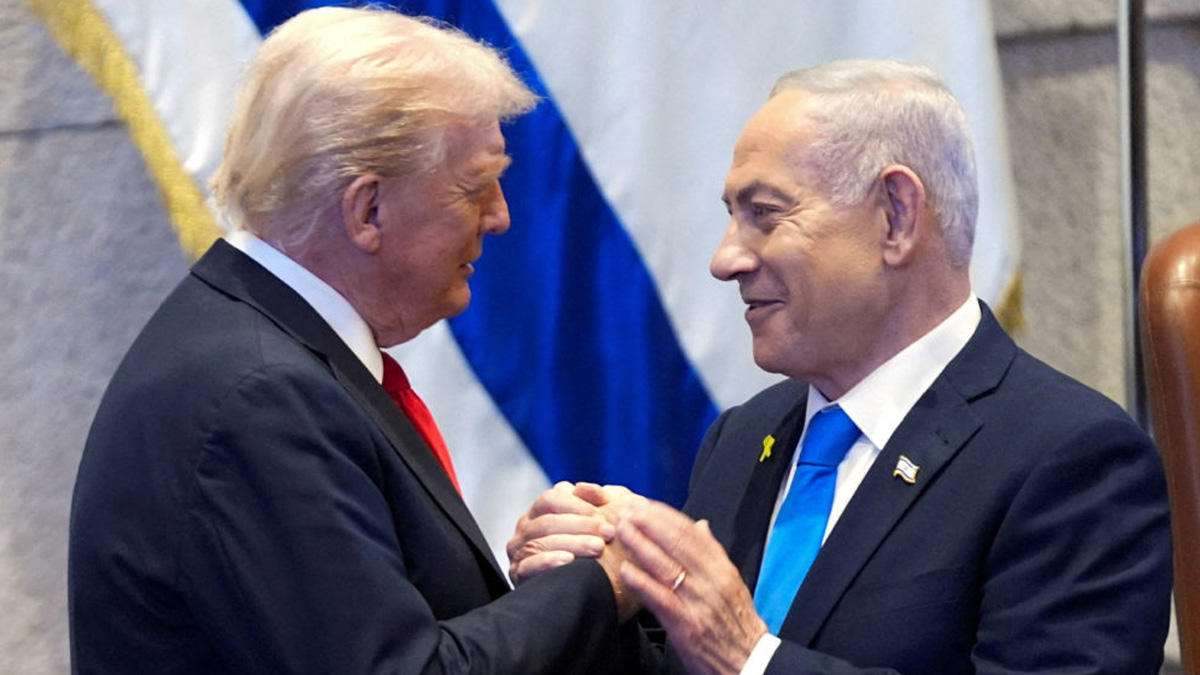
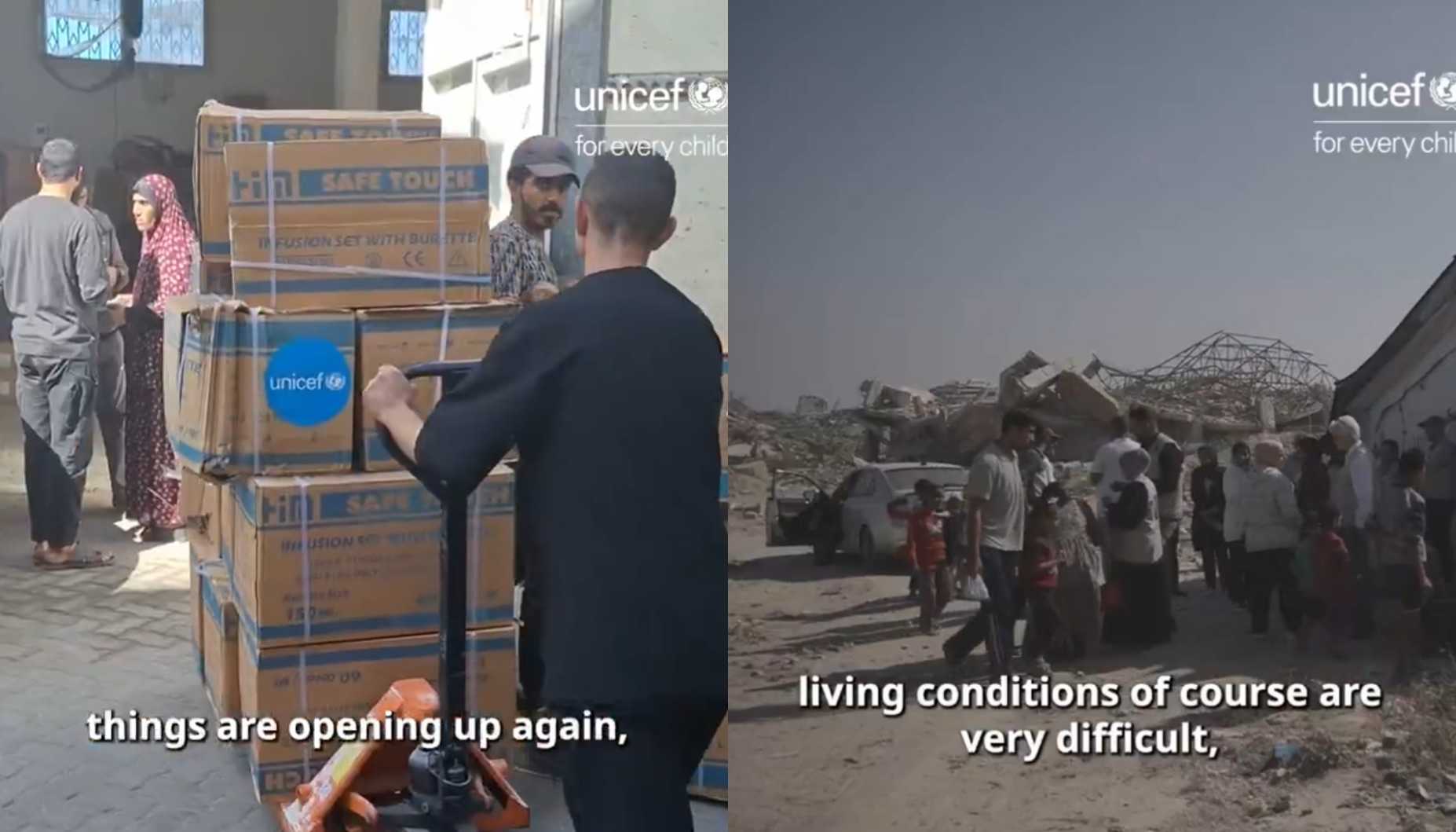
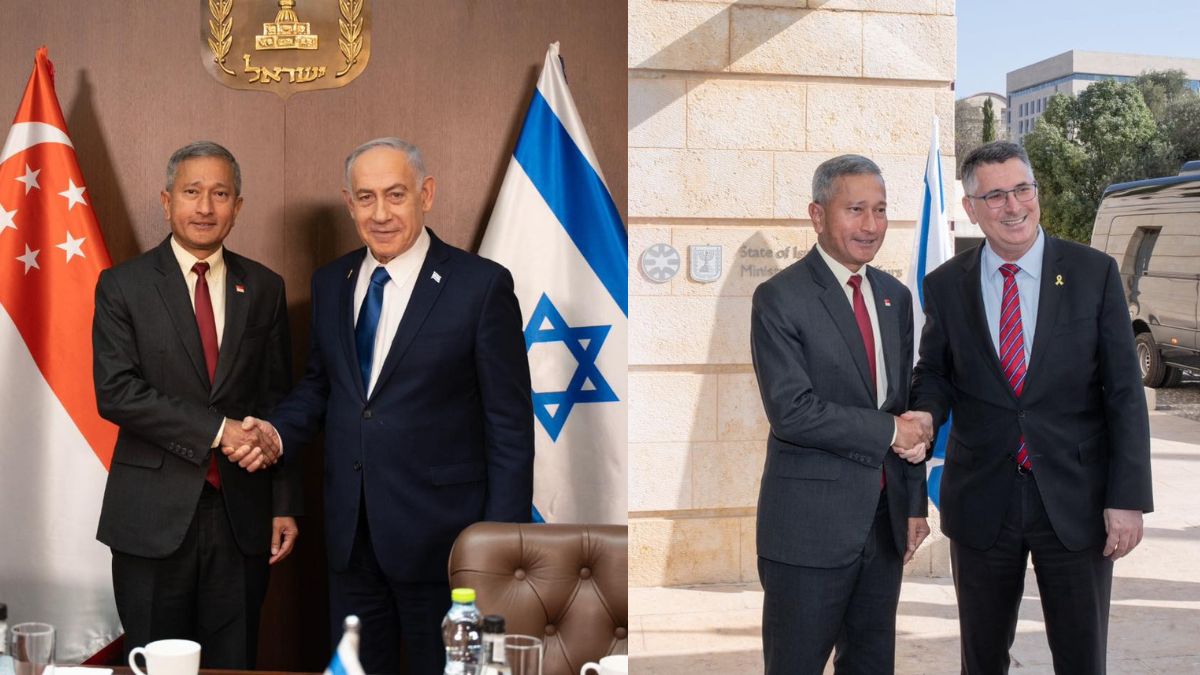

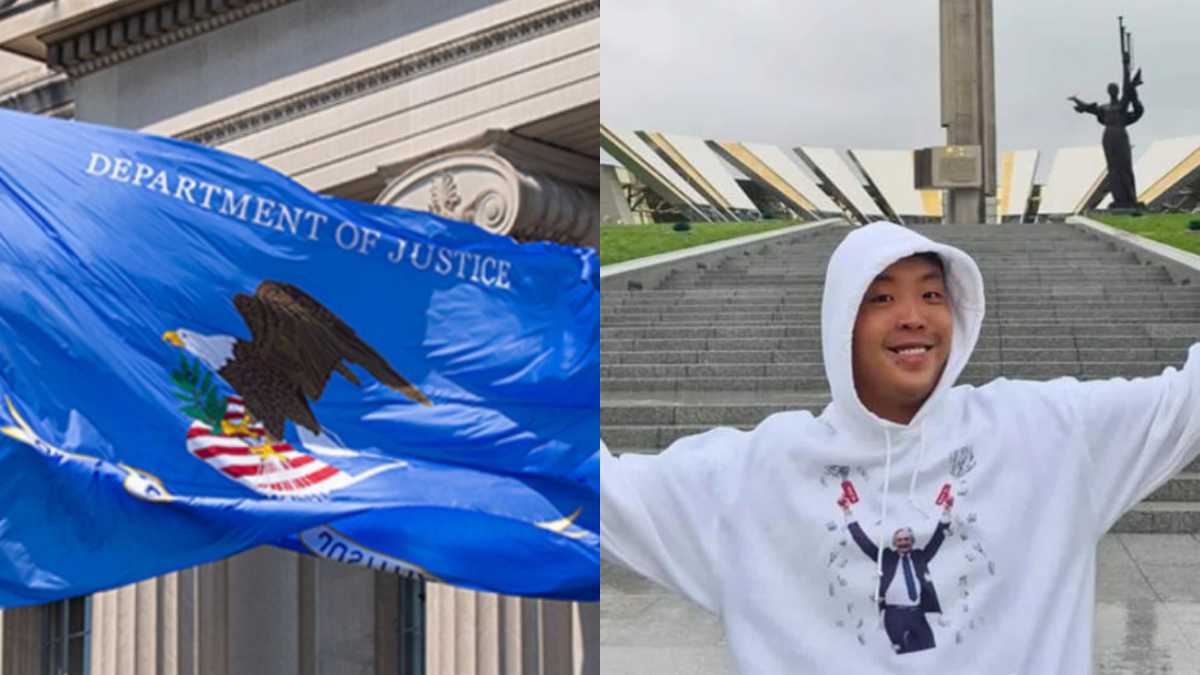
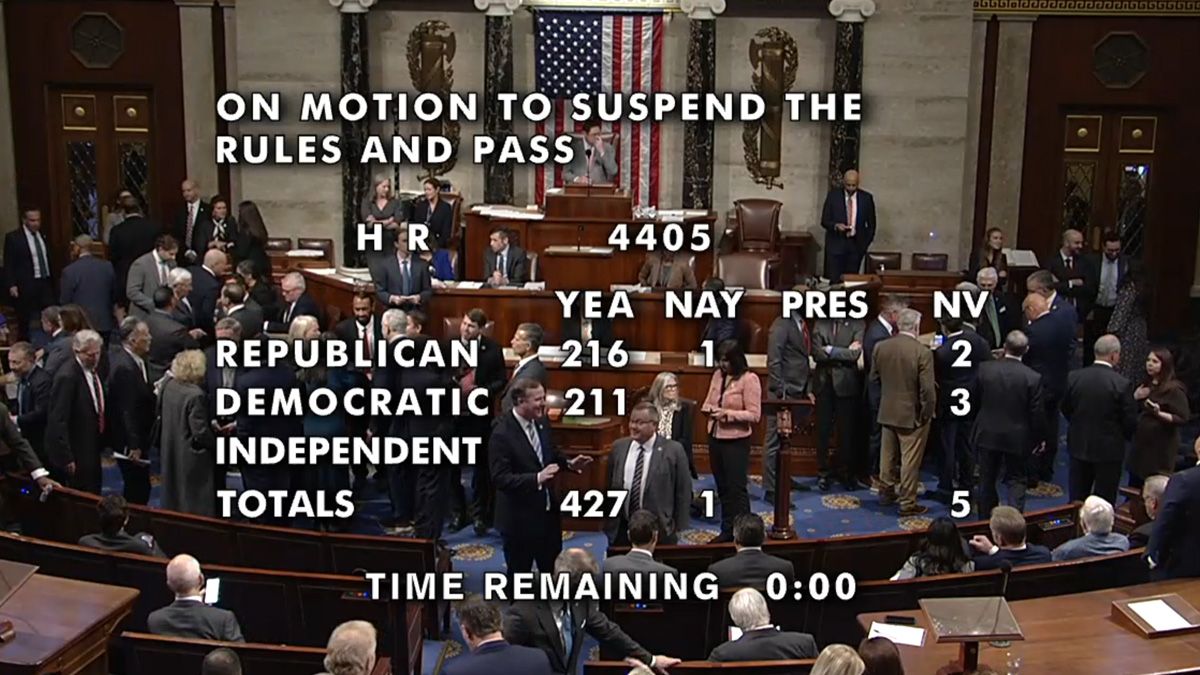
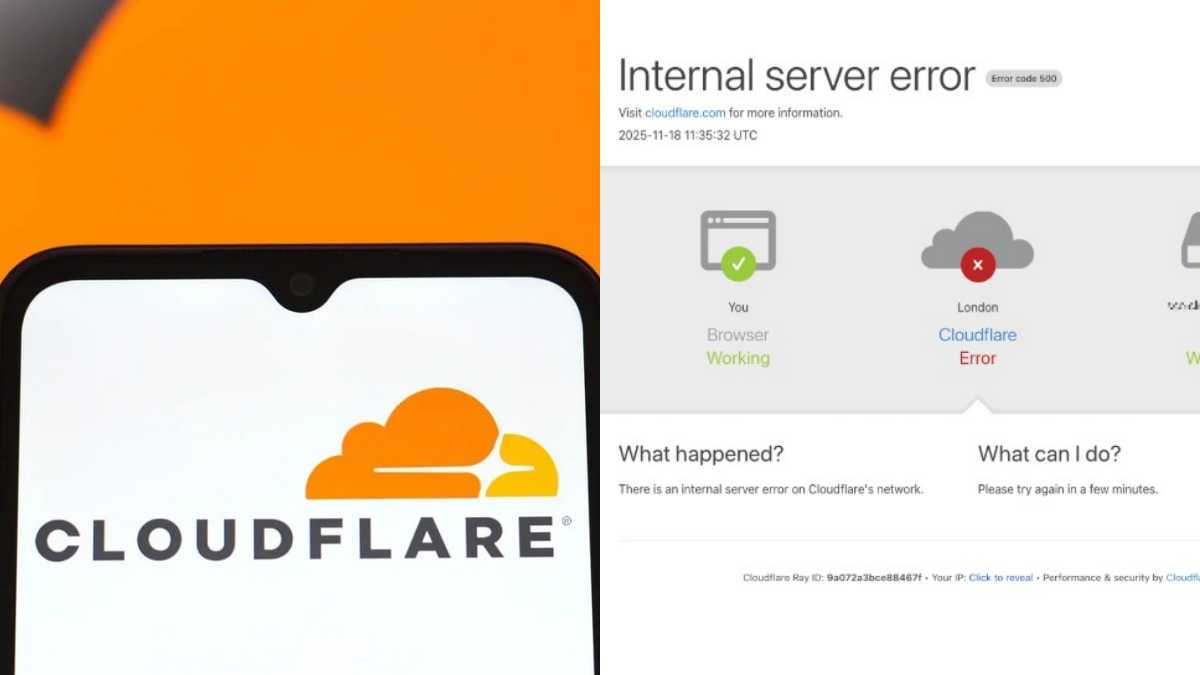
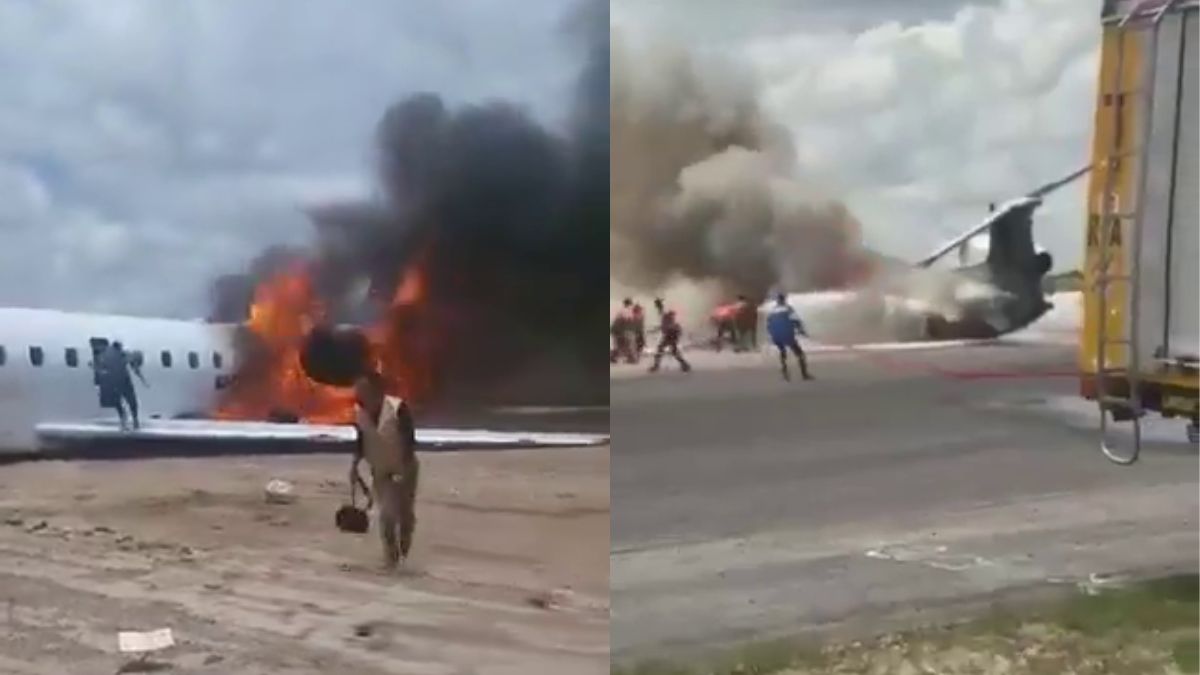
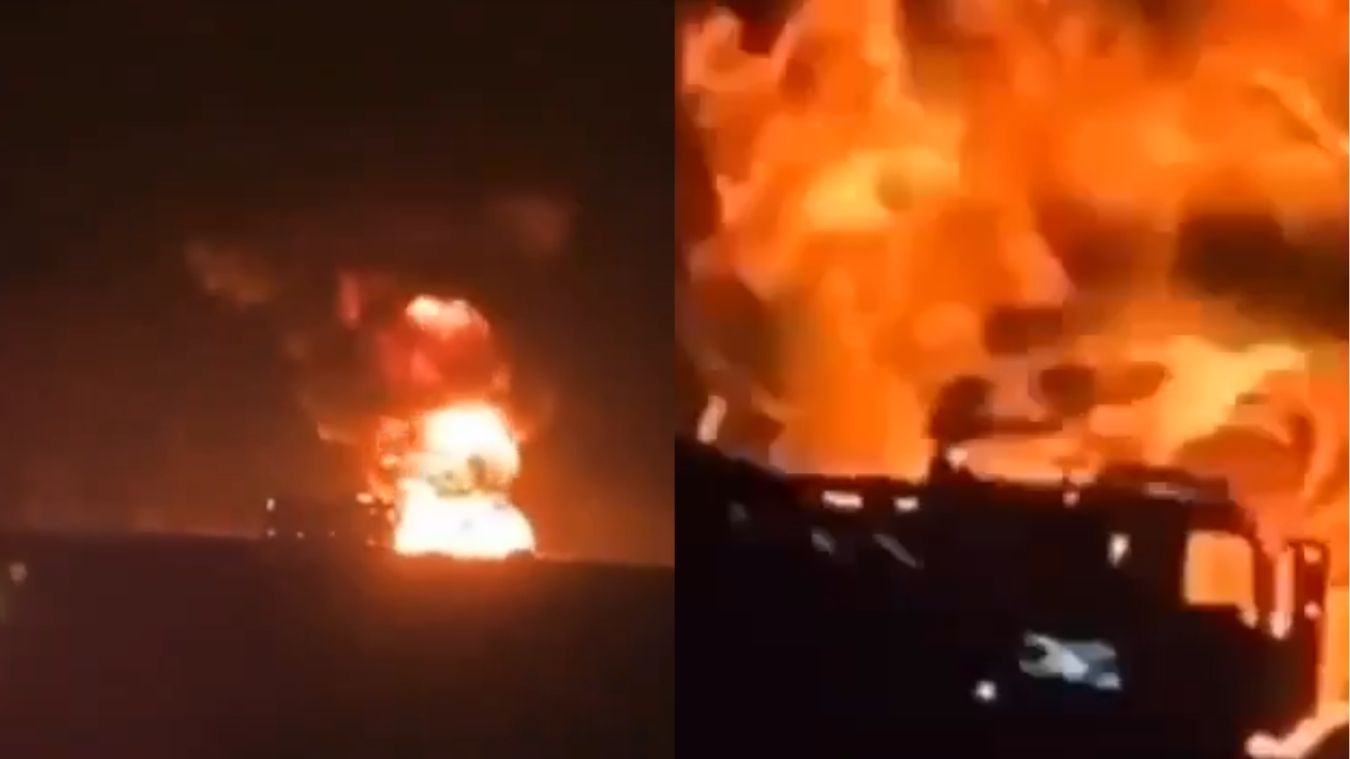
0 Comments